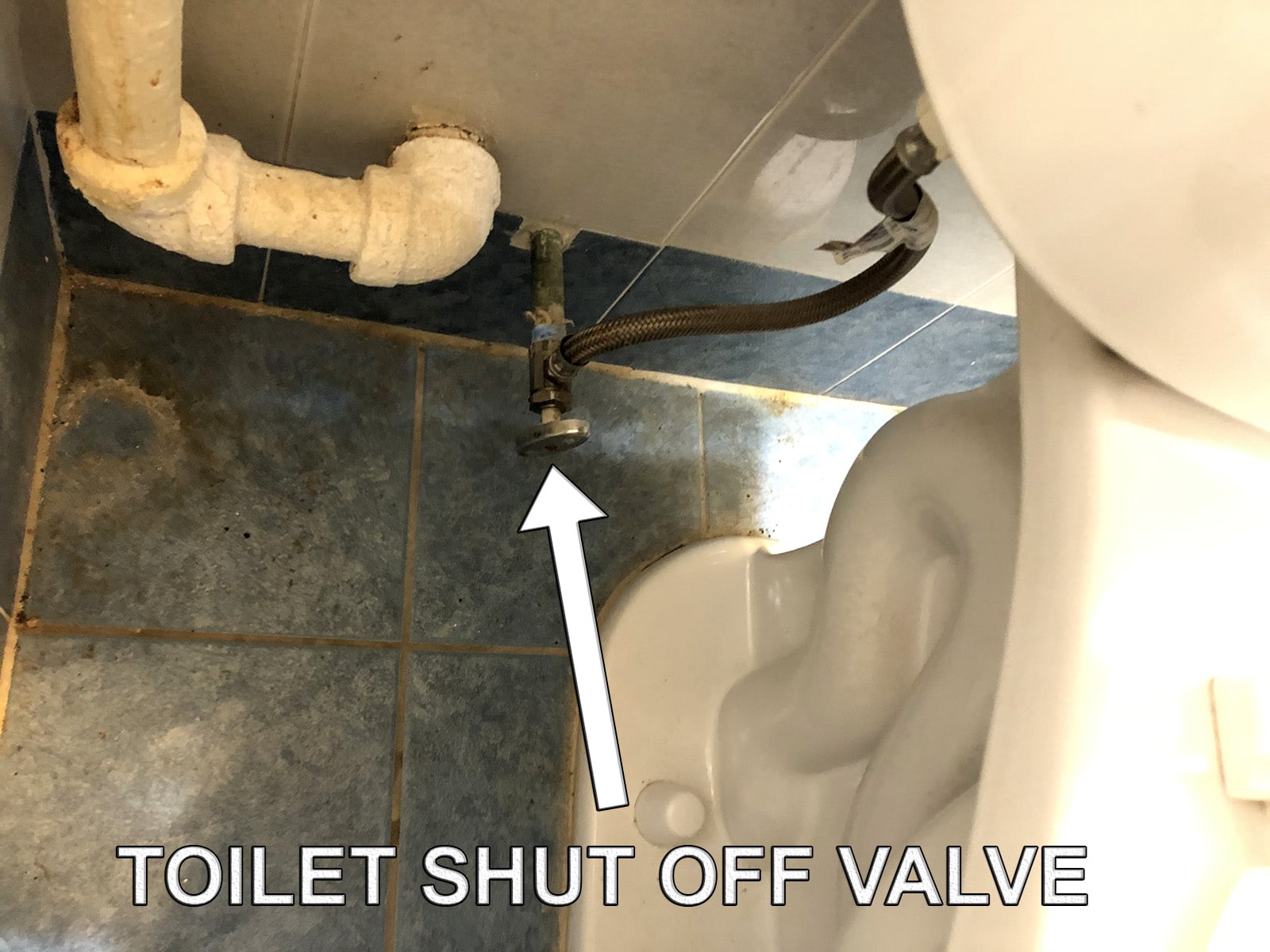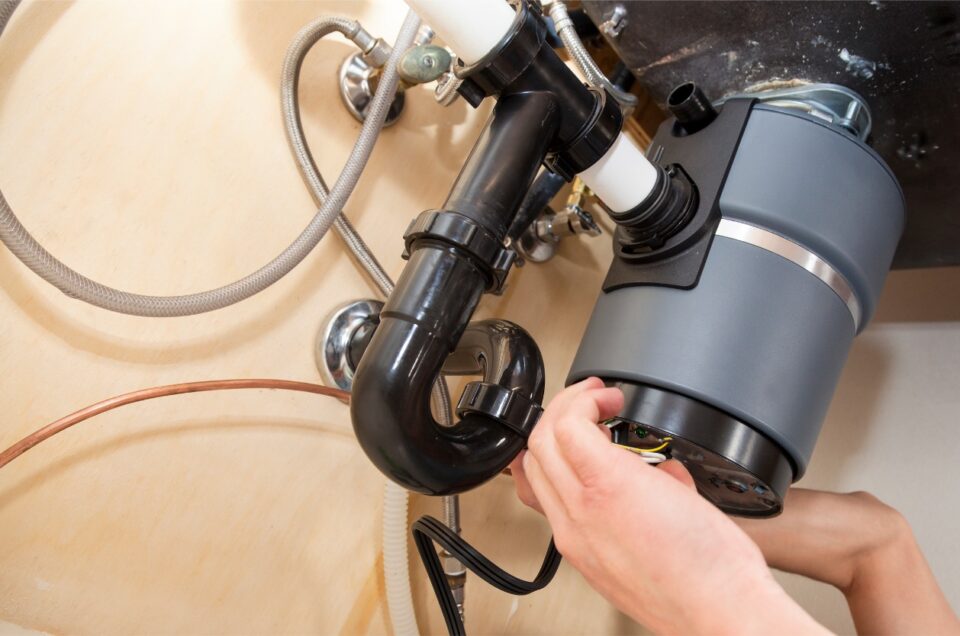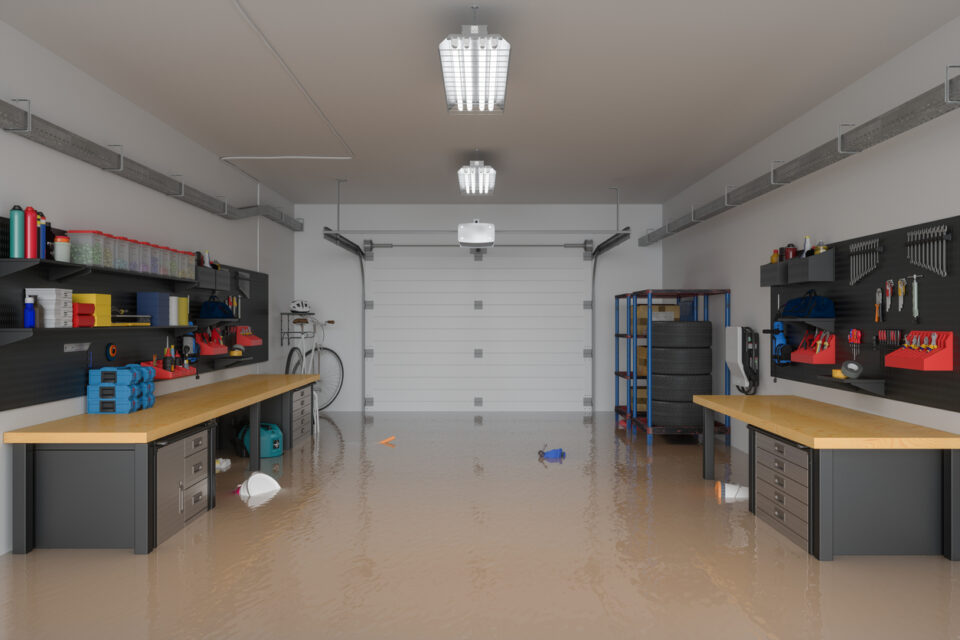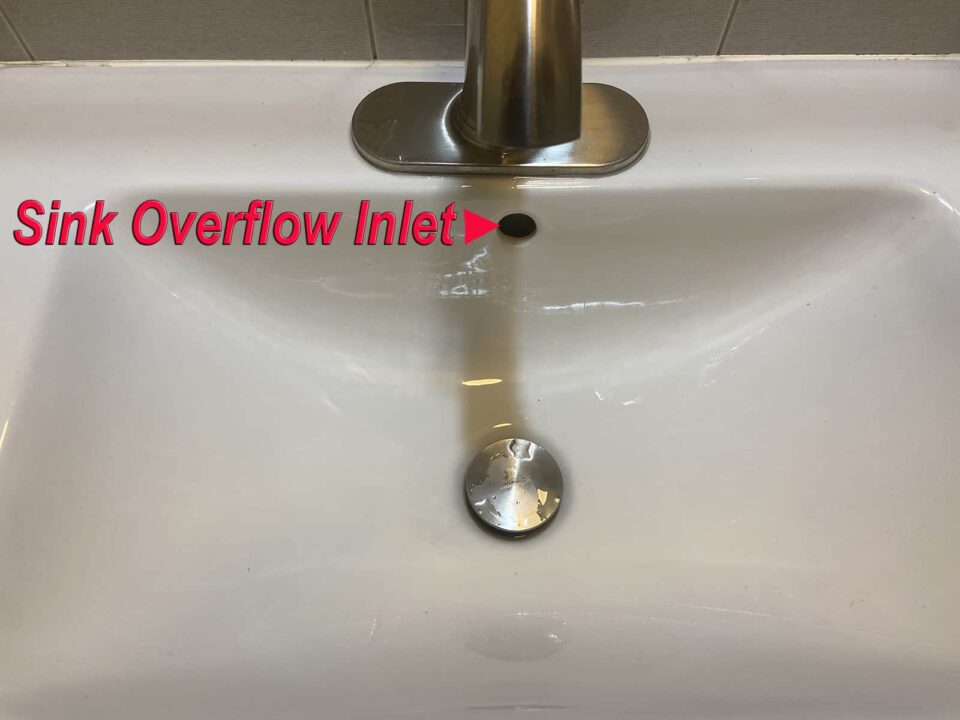There are few homeowner nightmares worse than an overflowing toilet. A clogged toilet can flood your bathroom quickly, creating unsanitary conditions and potentially causing water damage to rooms beneath. It’s important to deal with the flow of water right away before it does too much damage. There are prompt and simple actions to take to prevent damage, which we’ll guide you on below.
What Causes a Toilet to Overflow?
The most common reason for an overflowing toilet is a blockage, and the second is a problem with the tank float.
A blockage will generally cause a sudden overflow when the toilet is flushed. Sometimes you can detect a blockage before then by paying attention to how rapidly the water flows when flushing. It’s a good idea to keep an eye on this if your toilet is prone to clogging. The water should flow out of the toilet right away and without any odd gurgling sounds.
Tank issues often cause water to run constantly into the toilet, which may or may not cause an overflow, but certainly wastes water. Did you know that a running toilet can add $1,000.00 or more a year to your water bill? That’s more than the cost to completely replace your toilet.
In rare cases, an overflowing toilet can be caused by a problem deeper in the sewer system, and this can be harder to deal with. At that point, you will need to call a plumber. Sometimes drain clogs are hard to locate and figure out because water seeks the lowest or easiest point to escape.
How to Quickly Stop an Overflowing Toilet
How to stop an overflowing toilet is relatively easy. The first thing you should do to quickly stop the overflow is turn off the toilet’s water supply. Remember the following simple point to know how to stop the toilet from overflowing. People tend to freeze and watch as their toilet overflows all over their floor.
All you need to do is shut the toilet valve by turning it a few times. The photo below is where almost all toilet valves are located.
On most toilets, there is a supply line near the bottom of the bowl, which has a visible valve, shaped kind of like a football. Turning the valve counterclockwise (to the right) will stop any further water flow into the toilet. This prevents the situation from getting worse. Ideally, also have a second person lift the lid off the tank and press down on the tank valve, or check the float mechanism.
This is always the first thing you should do. In some old houses, or “handyman specials”, the toilet may not have a shutoff valve. If that’s the case, you may have to turn off your main water shutoff. If you don’t know where that is, it’s a good idea to find it before you have an issue.
You can always hire a plumber to help if it’s not in the typical location, and before you get yourself into “plumbing trouble”. In colder climates, this is generally in the basement near the first foundation wall or in the crawl space. In warmer climates, it’s in an iron box under a lid at the side of your home.
Another method is to put a wooden board or a similar object under the float valve to hold it closed and prevent water from flowing into the toilet’s tank. But in the vast majority of cases, you should just be able to operate the shutoff valve.
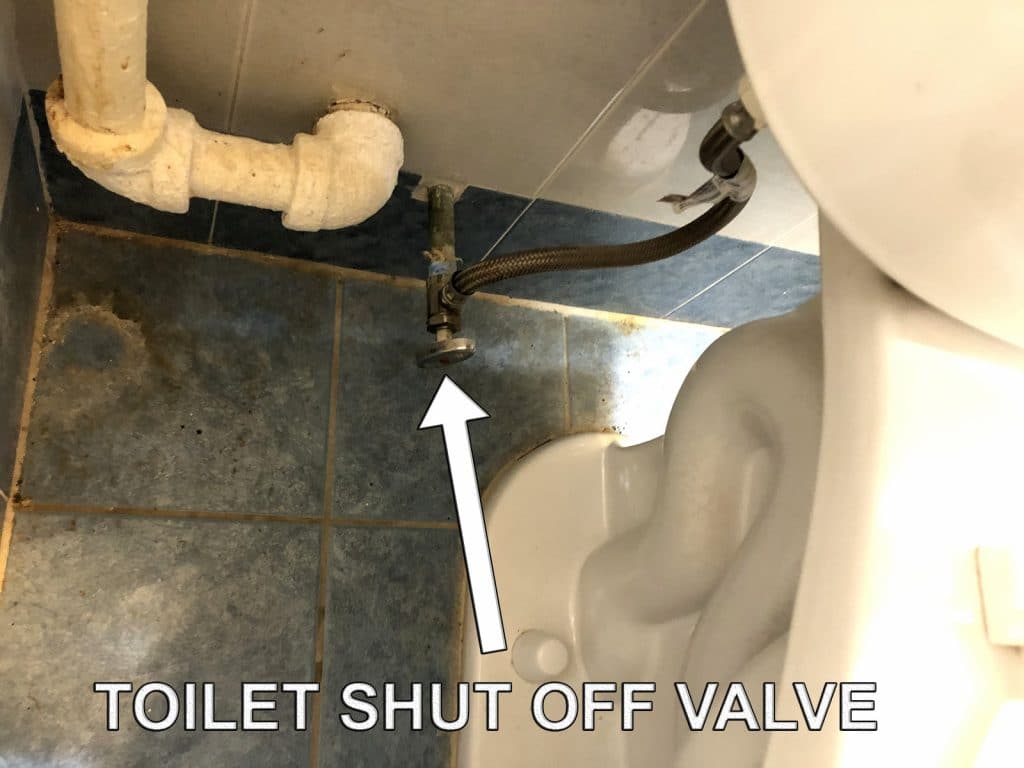
What to Do Next After Closing Off The Water
Any water that comes out of an overflowing toilet should be assumed to be contaminated. If there is water on the bathroom floor, then you should avoid touching it. You should wear gloves when continuing with repairs. Rubber boots are also a good idea. Mop the floor right away and wring it out into a bucket (not your bathtub or sink!). Use bleach to disinfect all affected areas.
Curing A Toilet Clog
In most cases, how to unclog an overflowing toilet is relatively simple. If the toilet is clogged, try using a toilet plunger, which is different than a sink plunger. If that doesn’t work, use a toilet auger to try and remove the clog. Make sure that the tip’s curve is pointed in the same direction as the drain. Crank it in both directions, as far as it will go.
If the toilet is still clogged after that, you are going to need a plumber. This likely indicates that the clog is further in your drain system, and it will have to be hunted down by an expert. Another good reason to contact a drain professional is to avoid damaging your plumbing fixtures, or their porcelain finishes.
Once the toilet is flowing, turn the water back on and flush the toilet. Pour the mopped-up water down the toilet, then rinse the bucket and mop again with hot water.
Then use bleach (1 cup of bleach to 1 gallon of warm water) to sanitize every part of the bathroom that got wet. If you put on rubber boots to go in there, sanitize them too.
Customers say Balkan is The Expert at Snaking Toilet Clogs
I had a clogged sewer with toilet back up. I thought it was a big project that required a tech to work with toilet auger for hours. After George inspected my bathroom, without touching the toilet, he determined the problem was caused by something else. He opened the sewer trap covers in the water meter room and reached inside. Voila! The culprit was a piece of black object (asphalt?) stuck in my main sewer trap and tangled with other objects around it through the time.
To make sure the problem was completely solved, George went extra mile by flushing a few fistfuls of toilet paper and watched them passing through the main sewer trap. With no fuss, George finished this job in a professional manner and also explained everything thoroughly as well. George came with face mask on and even with shoe covers. Thanks Balkan! Thanks George!
If the problem is that the toilet is running continuously
After you have stopped your overflowing toilet and cleaned up, check the tank. Check for the following:
- A flapper that has become hard and is no longer creating a seal. If this is the case, you need to replace the flapper.
- Make sure the chain connected to the flapper isn’t catching on anything (also make sure it’s not rusty).
- The flapper mustn’t jam or pinch on anything inside the tank.
- Make sure the flapper is sitting directly over the drain.
- The fill valve float is set too high. You can adjust the float by either moving the clip down or bending the rod slightly.
- A toilet float must not be waterlogged. Shake it and replace it if you hear water inside of it.
- See if the float valve is submerged. This indicates a faulty fill valve which should be replaced.
You should be able to do most toilet repairs yourself. Fill valves, floats, and flappers are cheap and can be purchased at a hardware or home improvement store. If you have an older toilet without a shut-off valve, consider replacing it with one that does, although this is a more significant purchase.
Fixing Water Damage From An Overflowing Toilet
In the worst-case scenario, you may have water damage. You should call a restoration company if:
- Toilet water has flowed out of the bathroom into a carpeted area.
- Water appears to have sunk into the walls.
- If any water has touched the wood furnishings (the best practice is not to have wood in your bathroom).
- Your bathroom develops an unpleasant smell.
- Mysterious stains on the walls of rooms under the bathroom.
- Staining or cracking of the bathroom floor.
- Staining on the ceiling directly beneath the bathroom.
Unfortunately, significant water damage will require professional attention and can be costly; the best thing to do is prevent the overflow before it reaches that point. Knowing how to quickly stop a toilet from overflowing can save you a lot of time and money. If your toilet clogs regularly, try using less, or 1-ply toilet paper and make sure not to flush anything else.
Sometimes You Need A Local Sewer And Drain Professional
However, many forms of chronic clogging need the attention of a plumber. The specialists at The Balkan Drain Team can diagnose and fix your recurring toilet clog problems, which likely indicate an issue in your pipes or drains further in the house.

